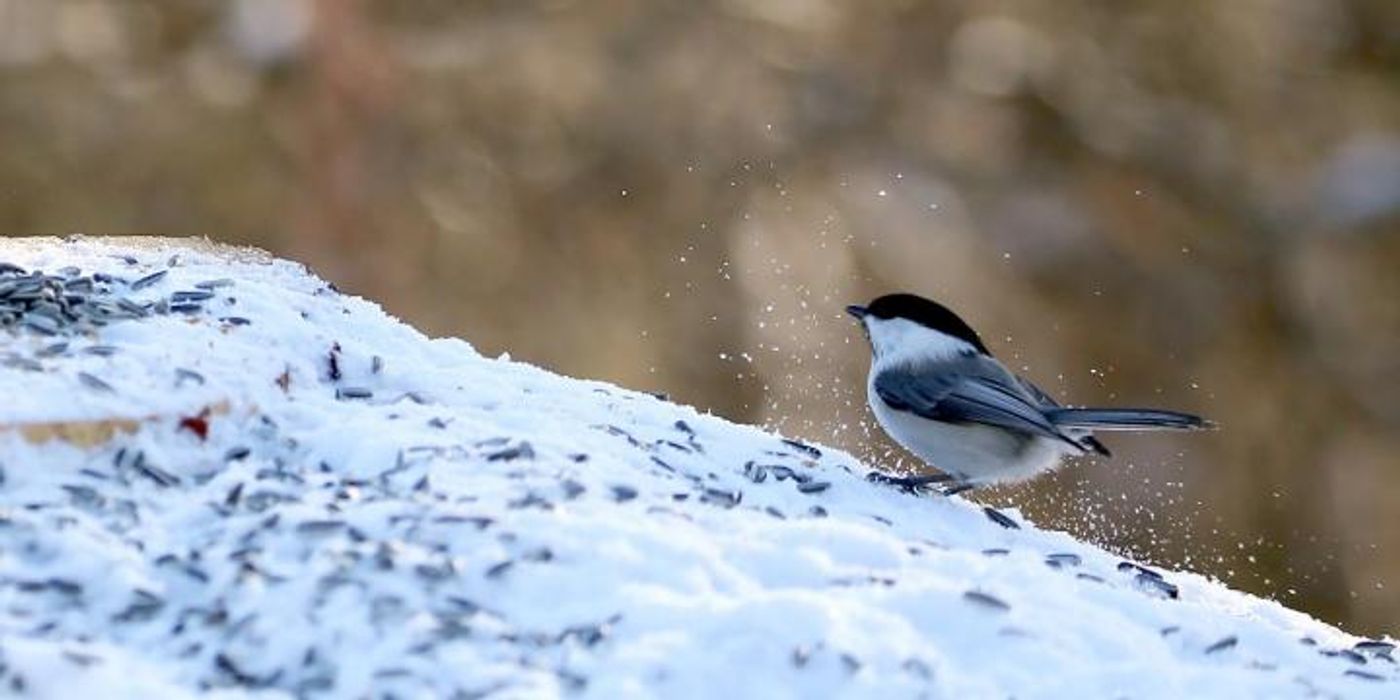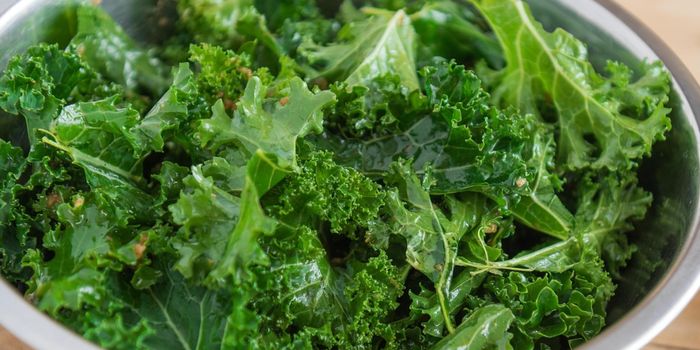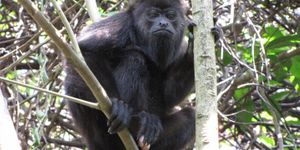Flock Support Proves Essential to Young Willow Tit Survival
Willow tits and other similarly small birds may have a lot to gain from finding and joining a flock early in life. A paper published just this week in the journal Ornis Norvegica by researchers from the Norwegian University of Science and Technology and the University of Oslo proposes that it may even spell out life or death, especially when the colder Winter months come around.
Image Credit: Nina Tveter, NTNU
The researchers purportedly spent 28 years observing willow tit behavior in Norway, and it opened their eyes to some rather captivating findings. Among those, flock rank played a considerable role in survival rates during the Winter months, with higher-ranking birds outliving their lower-ranking counterparts.
Unfortunately, earning a high rank in the flock is more challenging than it sounds. Young willow tits often try to locate a flock soon after reaching maturity and leaving their parental units, but acceptance into any particular flock is never guaranteed. Assuming they do get in, joining earlier in the year and earning their place in the flock gives them the highest odds of survival.
"The youngest birds, this year's offspring, experience much higher mortality than the older generations," explained Prof. Emeritus Olav Hogstad from NTNU. "None of the lowest-ranked birds survived the first winter. None of the birds that failed to find a flock were observed after the first winter, either. Only four of the 71 higher-ranking juvenile pairs disappeared."
Related: Bigger birds dominate food sources, study finds
As higher-ranking willow tits in the flock died off, those ranked just below them had the highest chance of moving up in the ranking hierarchy. Most average willow tits live only 2.5 years, but higher-ranking specimens survived up to 6-9 years, depending on gender. Astonishingly, bird size had little or no impact on rank or survival rate.
The findings are particularly important because life gets very rough for young, small birds just after fledging. It's essential to understand the methods they use to survive mother nature’s harshest conditions, both in the name of science and for conservation efforts, which could prove vital for comparable species at risk of endangerment or extinction.
"Long-term studies like this are lacking, but they're very important for tracking what's happening in nature with global warming," added co-author Prof. Emeritus Tore Slagsvold from the University of Oslo.
Related: This African bird is new to science, and it's already in trouble
As Slagsvold points out, there aren’t many long-term studies like this one on the record, but science could benefit significantly from more. More studies of this nature would validate the current findings and discern whether similar patterns are present in other small bird species.
Source: EurekAlert, Ornis Norvegica









